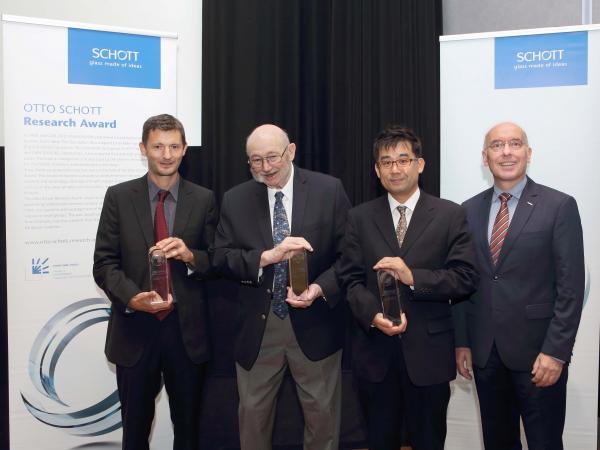
Date: 16 September 2016
Everyday experience tells us that glass is fragile. No wonder, because this material is a “brittle fracture material” that breaks almost without notice. Nevertheless, new glass materials with greater practical strength are critical to meeting the major global challenges in the fields of energy, medicine and communications.
And, in fact, thin and bendable glass substrates are indispensable when it comes to developing flexible displays, roll-to-roll manufacturing of printable electronics, for the next generation of touchscreen devices and for the encapsulation of organic semiconductors, for example.
“The flexible, lightweight and high-strength glasses that SCHOTT is working on could lead to a true technology and product revolution in the years to come,” explains Dr. Roland Langfeld, Research Fellow for the technology group SCHOTT. The laws of physics currently still set limits for glass, however.
Three glass researchers from three continents have taken on the task of investigating and even shifting these: Dr. Sheldon Wiederhorn (National Institute of Standards and Technology, Gaithersburg) from the US, Professor Satoshi Yoshida (University of Shiga Perfecture, Hikone) from Japan, and Dr. Jean-Pierre Guin from the Université de Rennes, France.
For their pioneering work in the field of glass strength, they have now been awarded the 14th Otto Schott Research Award at the conference of the Society of Glass Technology in Sheffield, Great Britain. “While cracks operate to divide, teams in the USA, Japan and France have been keeping exchanging ideas and sharing results.
But there is still much fundamental, experimental and theoretical works to be done on cracks in brittle material. I hope the award will stimulate and reinforce research activities in this fascinating area,” said the Board of Trustees member of the Ernst Abbe Fund and presenter, Professor Tanguy Rouxel, at the award ceremony.
Compared to metals or plastics, glass can only be bent or stretched slightly before it breaks. But what causes this? Microscopic cracks already exist on glass surfaces in their “normal state.”
When subjected to critical tensile stress, these continue on at their tips inside the glass and cause it to break. Analyzing this scientifically and drawing conclusions is the main focus of the renowned US glass scientist Dr. Sheldon Wiederhorn’s research.
He was presented with the Otto SCHOTT Research Award for his ground-breaking work on explaining the fundamentals of fatigue in glass and for his persistence in continuing to develop a deep understanding of the crack-growth which is responsible for fatigue in glass.
“His work has dramatically changed our scientific thinking about the strength of glass, mechanical testing and the mechanical design of special-purpose glass, and the ability to predict the mechanical performance of advanced glasses,” said Professor Tanguy Rouxel in paying tribute to Wiederhorn’s merits in his speech.
Wiederhorn began his academic career at Columbia University in 1956 by receiving his Bachelor of Science degree in Chemical Engineering and received his Master of Science (MS) in 1958 from the University of Illinois, where he received his doctorate in 1960.
The award-winning scientist has held numerous management positions at the US National Institute of Standards and Technology (NIST) in Gaithersburg, is a fellow of NIST and the American Ceramic Society and has been a member of the World Academy of Ceramics since 2010.
On a practical level, his pioneering technological work forms the basis for ensuring the reliability of glass windows in airplanes, spacecraft and related applications, for example.
The award-winning scientists from Japan and France also research the special mechanical properties of glass. Professor Satoshi Yoshida from the University of Shiga Prefecture in Hikone, Japan, was honored for his outstanding research in the field of the elastic behavior of glass surfaces under mechanical stress, their role in the formation of cracks and other defects that affect its strength.
Jean-Pierre Guin from the University de Rennes in France received the Otto Schott Research Award for his work on nanoscale aspects of crack growth and fatigue thresholds, as well as structure-property relationships for mechanical properties, including hardness, toughness and scratch resistance, in glass.
“Glass has enormous intrinsic strength, nevertheless today's glass products use hardly even one percent of this potential. We want to leverage this to an even greater extent. Those who understand the relationships will also find the way to new solutions. Networking and cooperation with universities and institutes make important contributions to coming closer to achieving the goal of developing stronger glass,” says SCHOTT Research Fellow, Dr. Roland Langfeld.
The Otto Schott Research Award has been awarded since 1991 and thus for 25 years by the Ernst Abbe Fund. The award bears the name of the founder of modern glass science, Otto Schott, and recognizes excellence in basic research and technology development in the field of glass and glass-ceramics, among other areas for use in optics and electronics, renewable energy and healthcare.
The award is intended to encourage cooperation between science and industry. Individuals and small teams are recognized for their special achievements. The award winners include physicists and chemists from China, Germany, France, Great Britain, Japan, the Netherlands, the United States, and other European countries.
 600450
600450

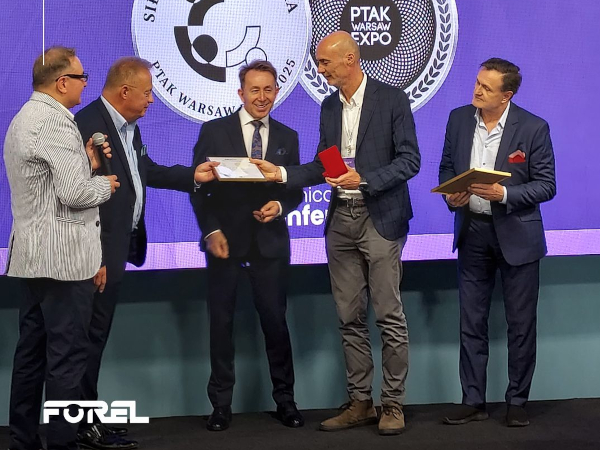


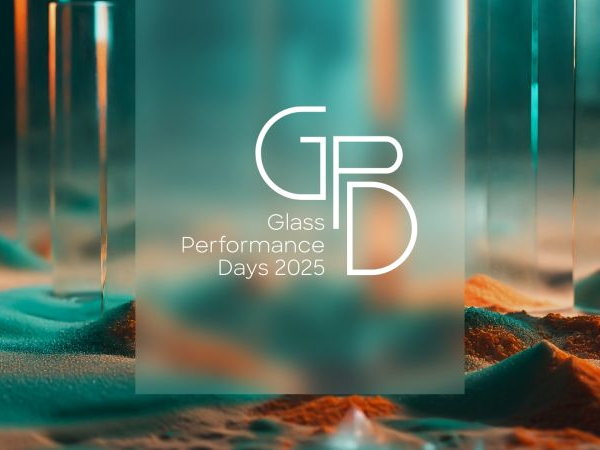
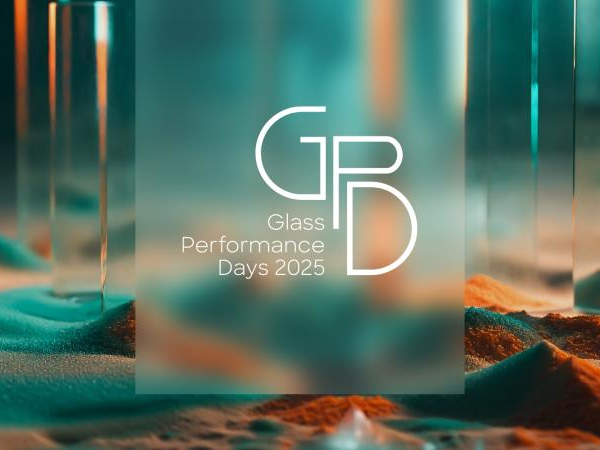
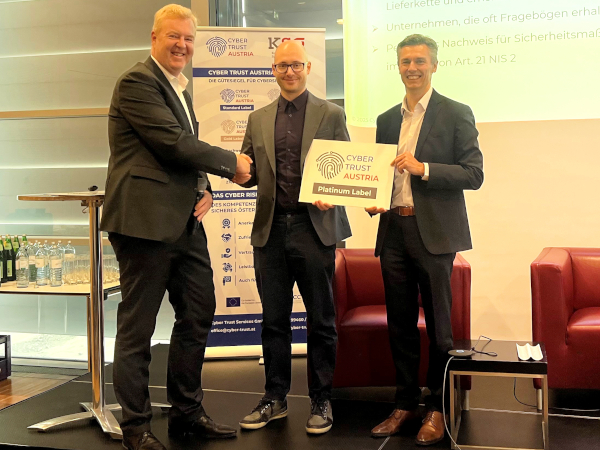




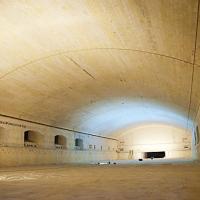

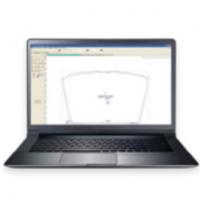


Add new comment